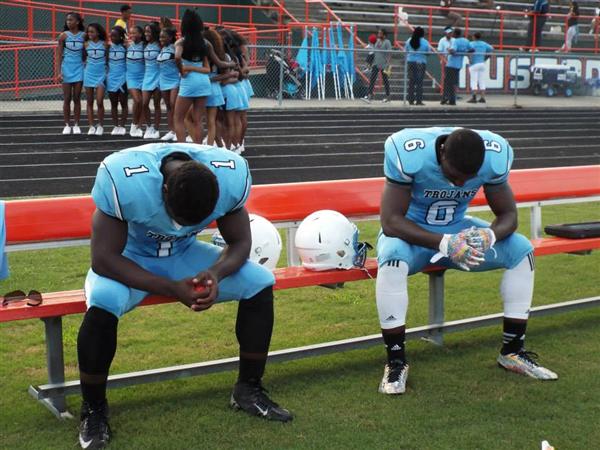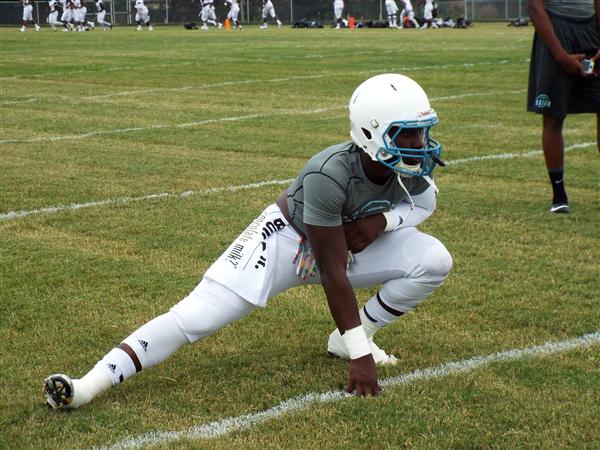
Injury Prevention Among High School Students
Reducing the Risk of an Injury
Take TIME OFF: Plan to have at least ONE day off per week and at least ONE month off per year from training for a particular sport to allow the body to recover.
Wear the CORRECT Gear: Players should wear appropriate and properly fit protective equipment such as pads (neck, shoulder, elbow, chest, knee, shin), helmets, mouthpieces, face guards, protective cups, and/or eyewear. Young athletes should not assume that protective gear will prevent all injuries while performing more dangerous or risky activities.
Strengthen Muscles: Conditioning exercises during practice strengthens muscles used in play.
Increase flexibility: Stretching exercises after games or practice can increase flexibility. Stretching should also be incorporated into a daily fitness plan.
Use the PROPER Technique: This should be reinforced during the playing season.
Take Breaks: Rest periods during practice and games can reduce injuries and prevent heat illness.
Play SAFE: Strict rules against headfirst sliding (baseball and softball), and spearing (football), and checking in hockey should be enforced. Stop the activity if there is pain.
AVOID Heat Injury: Drink PLENTY of fluids before, during and after exercise or play; DECREASE or STOP practices/competitions during high heat/humidity periods; wear light clothing.
Reference: "2016 Sports Injury Prevention Tip Sheet." 2016 Sports Injury Prevention Tip Sheet. American Academy of Pediatrics, n.d. Web.


